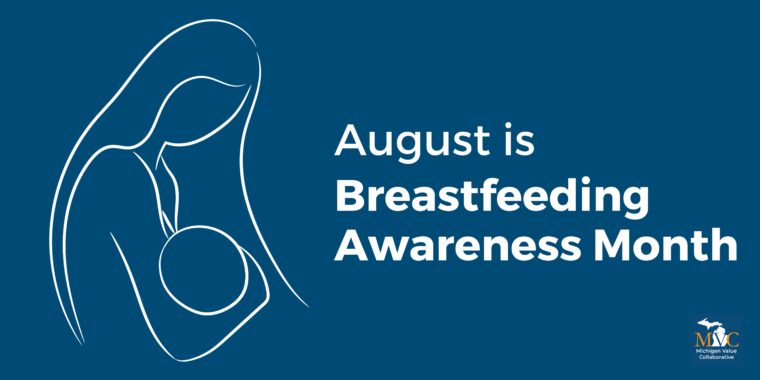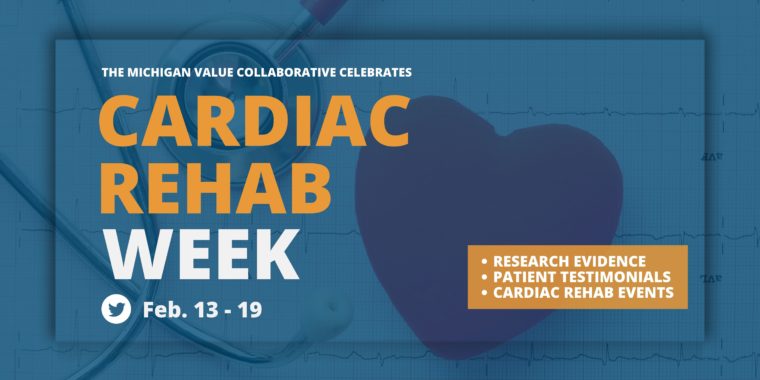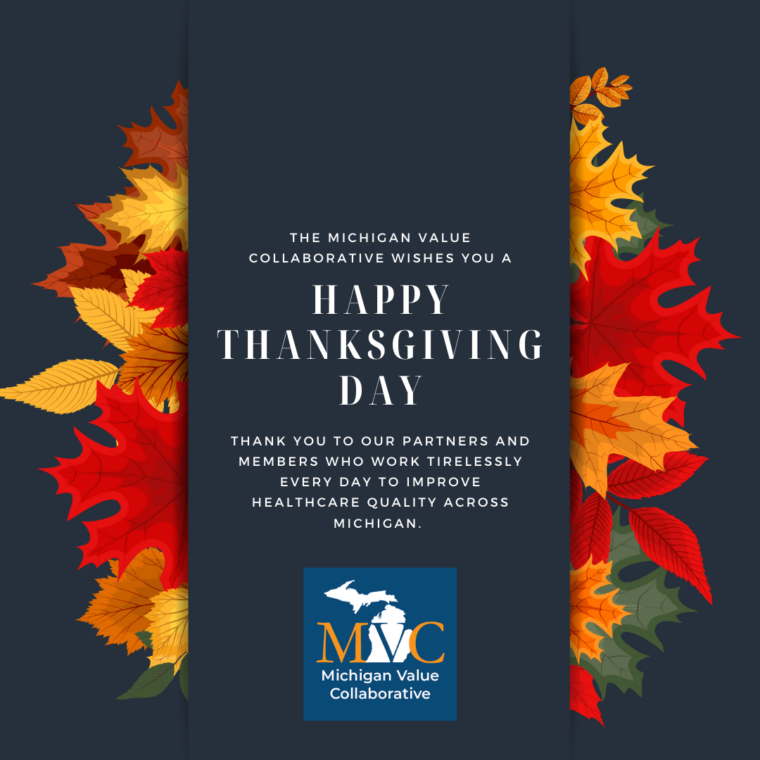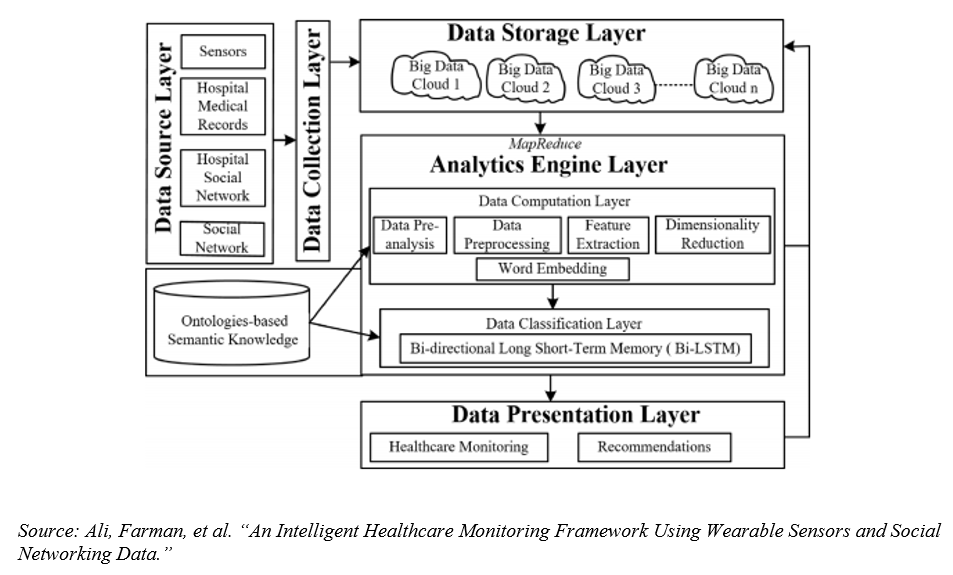After declaring the nation’s first-ever blood crisis in early 2022 and the worst shortage in over a decade, the American Red Cross and other blood donation organizations continue to plea for blood donors. In Michigan, blood donations fell with the start of COVID-19 and continue to lag pre-pandemic levels.
Based on data from the Red Cross, someone in the United States needs blood or platelets every two seconds, resulting in approximately 29,000 units of red blood cells, 5,000 units of platelets, and 6,500 units of plasma required daily. And, while an estimated 6.8 million people in the U.S., or 3% of eligible individuals, donate blood each year, more donors are always needed!
According to the Association for the Advancement of Blood and Biotherapies, donating blood is a safe, simple, and rewarding experience that usually only takes 45-60 minutes. During a typical whole blood donation, approximately 0.5 liters of blood is collected. For donations of other blood products, such as platelet or plasma, the amount collected is based on the donor’s height, weight, and platelet count.
Along with helping others in need, blood donation also has some surprising health benefits, including:
- A free mini health screening: before donating, potential blood donors receive a brief physical exam that includes taking blood pressure, body temperature, and pulse to ensure they are fit for donation.
- A healthier heart and vascular system: in hypertensive individuals, regular blood donation has been linked to lower blood pressure and may lower the risk for heart attacks.
- A happier, longer life: people usually donate because it feels good to help others and altruism has been linked to positive health outcomes, including a lower risk for depression and greater longevity.
Alternatively, to help protect the limited supply of blood, reduce costs associated with the collection and administration of blood products, and reduce patient complications of allergic, febrile, and hemolytic reactions, restrictive transfusion practice or conservative blood use can be considered. This practice, recommended by the National Institute for Health and Care Excellence and the Choosing Wisely campaigns, uses the two major clinical decision points of hemoglobin concentration when transfusion should be considered and the number of units being transfused.
Whilst evidence suggests there is no increase in morbidity or mortality by following restrictive transfusion practices, outcomes related to the quality of life, symptoms of anemia, and length of hospital stay are not as well studied.
Some examples of multimodal interventions to reduce unnecessary blood transfusions include the START (Screening by Technologists and Auditing to Reduce Transfusions) study which produced guideline development, education for clinicians, prospective order screening, and immediate feedback to physicians for potentially inappropriate orders, and monthly feedback to the clinical teams on appropriateness. Secondly, an Australian system-wide initiative focusing on education, practice audits, and feedback for individuals and a policy promoting single-unit red blood cell transfusions showed success. Other blood management approaches including anemia prevention, iron supplementation for iron deficiency, and a reduction in blood loss during procedures are other methods that can be used.
To implement strategies for reducing the unnecessary use of transfusions, individuals should assess their own practice against evidence-based standards. Additionally creating a multidisciplinary team to discuss and set guidelines and protocols based on evidence, auditing practices against identified evidence-based standards and tailoring interventions to the institutional setting and context can help with the implementation of restrictive transfusion practices.
Until we can find an alternative source or increase supply, we will continue to need people to step up and donate.
If you plan to donate blood, a few helpful tips can make for a better experience:
- Drink plenty of water. Staying hydrated makes it easier to find your veins and prevents you from becoming light-headed after donating
- Eat well beforehand and be sure to eat snacks offered to you.
- Get a good night’s sleep and, if you are planning to exercise, do so before donating, not after.
- Take iron tablets. The American Red Cross recommends individuals who donate blood frequently take an iron supplement or a multivitamin with iron.
Typically, donors are eligible to donate blood every 56 days or up to six times per year. To find a blood donation site near you, visit the American Red Cross or your local donation center. Every drop helps!






